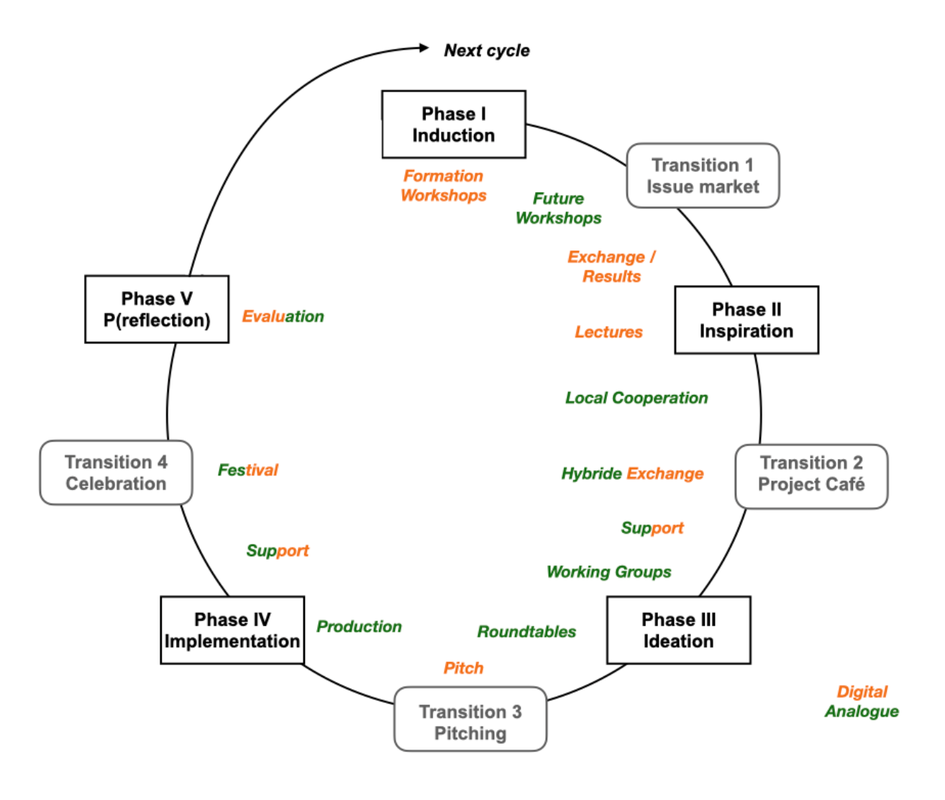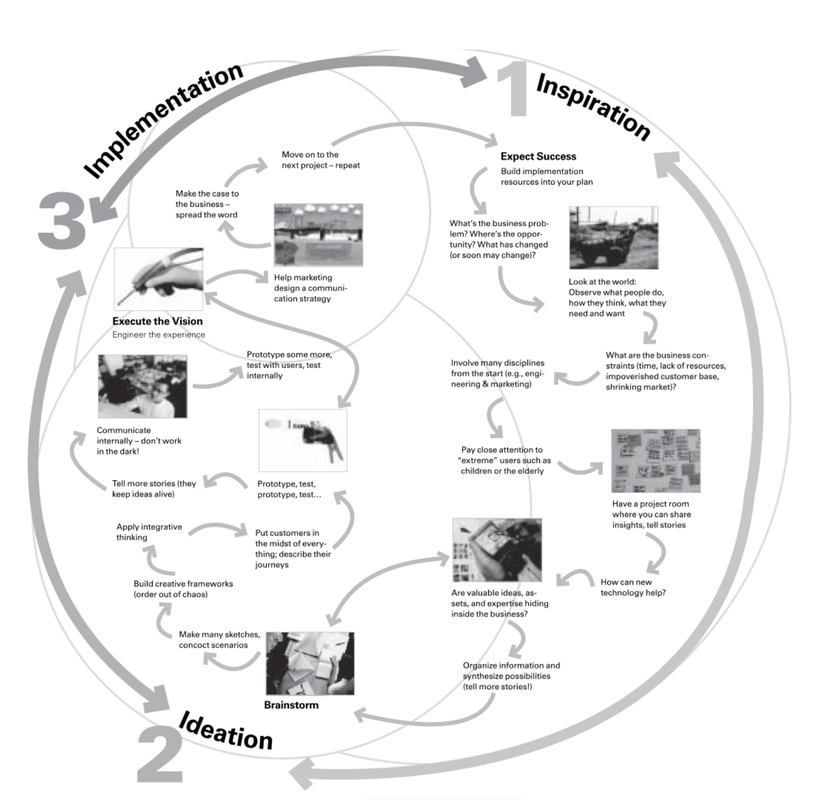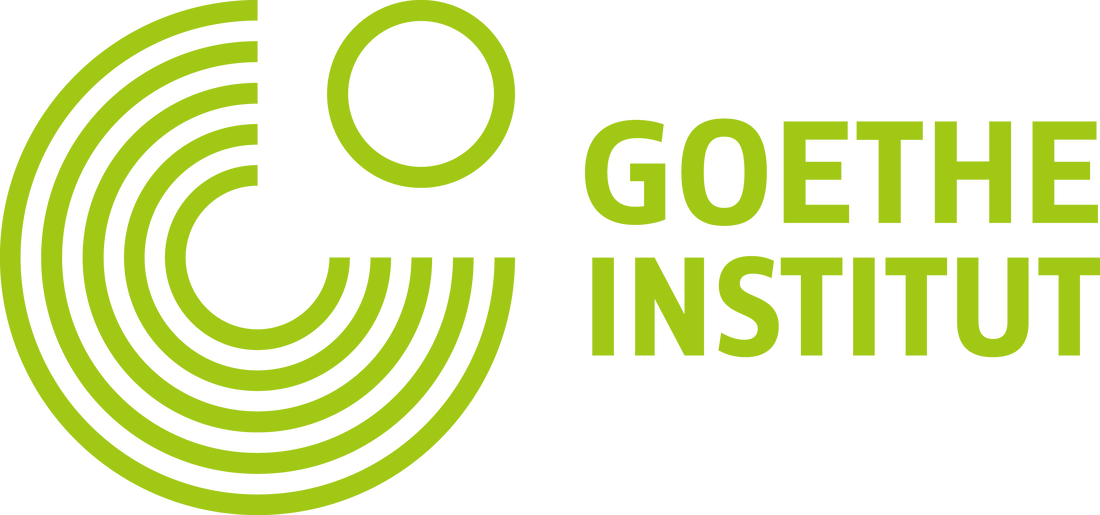COMMON LAB MANUAL: CASE STUDY
|
TABLE OF CONTENTSINTRODUCTION About Common Lab Background Timeline ACTIVITIES RATIONALE Tale of X Cities & media competences for community building State of the Arts & the digital public spheres KEY THEORETICAL CONCEPTS Social innovation through art Art for social change Post-industrial design Cultural and creative industries Bibliography CASE STUDY: TALE OF X CITIES About the case study Tale of X Cities key results & findings Lessons learned & recommendations Model project flow Media productions as evaluation tool Digital events and communication formats |
DESIGN THINKING VS ARTISTIC THINKINGHow could such a process be structured? In the suggested process model, terms of Human Centered Design are used and partially extended. The methodology developed in the environment of the IDEO agency focuses on the future users of design services as participants. The work process is strongly iterative and cyclical. It is characterized by the regular exchange between the specialists and the users, who are themselves involved in the work process. In a radicalized form, this separation between consumers and producers is once again massively reduced; the users become co-creators.
Human Centered Design emerged from "Design Thinking", a reflection on the specific strengths of the procedures of professional, creative action. The goal of design is and remains a functioning product or service. This is made possible by the design-specific iterative design behavior, design thinking. The working process interacts with all actors involved in social and economic innovations. In radicalization, all actors are also perceived as agents. This becomes the rule in design actions for and in public space or in civil society tasks. The citizens are and must also be understood as the actors of the public and civil society space. Otherwise, we find ourselves in a confusion; in an understanding of civic action as an economization and a consumption of the public sphere. Unfortunately, this is too often the reality of cultural and civic activities. In contrast to Design Thinking, the term Artistic Thinking refers to specific approaches to artistic activities. Here, the focus of concrete action is targeted towards working on perception and abstraction, which is reflected in works, artefacts or performative activities. These can be understood as a change of approach to and reflection on the concrete life-world. In our context, we understand them as actions in public and civic space. In reality, “Design thinking" and "Art thinking" overlap in a mutual reinforcement, originated by the complementary features. |









